Once upon a time, women didn’t wear underwear. There are no written records of those times, but I can’t imagine that when humans first donned clothing—i.e., something to cover their bodies—their first priority was underwear. Going commando is not a new thing! And I’m not talking nudists here. Keep reading.
BEFORE UNDERWEAR
Advantages of not wearing panties
- Reduced risk of developing yeast infections
- Reduced vaginal odor
- Keep genitals drier by allowing sweat to evaporate
- Reduce chafing
- Eliminate the tight underpants risk to the labia of irritation, injury, bleeding, or infections
- Protects against allergic reactions to dyes, fabrics, or chemicals
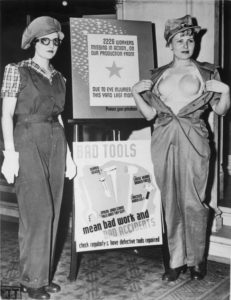
So why did women start wearing underwear in the first place? Warmth, protection against scrapes and abrasions, and as a source of announcing status and meeting the current cultural standards of beauty—which, of course, change over time.
Consider the debate over “open-drawers” from the end of the 19th century, both written by Canadian physicians.
- Is it not ridiculous, not to say criminal, for us to take the position that the corset is harmful and the open drawers is not? I hold that infection takes place as frequently in this as in any other way on account of the delicate organ being unprotected. (Dr. E. R. Palmer, 1892)
- A free circulation of air by open drawers is wholesome to the parts, as well as a deodorizer. (E. R. Shepherd, 1882)
Underwear Of The Ancients (753 BC – 476 AD)
Very few women in the ancient world wore what we would consider panties today. Men frequently wore variations of loincloths for support, but women in most cultures simply wore a garment like a slip made of soft material, if they wore anything at all. Depending on the climate (and local definitions of modesty), undergarments might double as outer garments for members of the lower classes in a society.
Greece
Historians disagree about whether Greek women regularly wore any form of undergarments. In Minoan society, circa 4th C BCE, which flourished on the Greek peninsula before the Greeks, acrobats have been depicted in frescoes and mosaics wearing a type of loincloth, a perizoma. Both male and female acrobats were painted on the Bull-Leaping Fresco at Knossos wearing a perizoma while flipping over bulls, but some sources indicate the perizoma was only worn by men.
Egypt
Lower class Egyptian women seldom wore undergarments because of the heat. The most common garment for Egyptian women of any class was a kalasiris, a simple linen tunic that could be worn as underwear, as outerwear, or on its own. Wealthy women who did wear undergarments wore figure-shaping garments similar to the Greeks and Romans (“tunica” and “strophium”), which emphasized the ideal feminine figure of small chest and large hips.
Rome
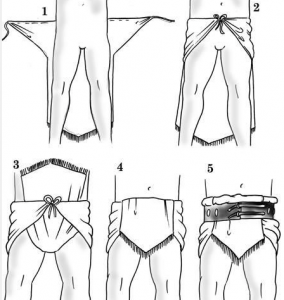
Roman women (and men) wore subligaculum beneath their tunics and togas. This was a loincloth, typically made of linen, that was wrapped as shown in the diagram. The subligaculum could also be made from goatskin leather, which I imagine would be very uncomfortable during a Roman summer.
When worn by slaves or grape treaders, these same garments were called limus.
Japan
The word ‘kimono’ in Japanese translates simply as ‘things to wear’ but has come to mean a specific category of wafuku: traditional style garments of silk worn in layers, each of which has specific purposes and symbolism. The outermost layer is more specifically called the nagagi. Layers of undergarments (juban) served to protect the elaborate (and very expensive) nagagi from being dirtied by the skin.
Directly next to the skin is the hadajuban, made to absorb oil and sweat, keeping the more elaborate (and harder to wash) nagagi clean. The hadajuban is cut close to the body and cannot be seen then the nagagi is on. A second layer of underclothing is sometimes worn in colder areas or for particularly formal occasions. This nagajuban is more elaborate than a hadajuban, the edges of the hems can usually be seen beneath the edges of a nagagi. Sometimes, the juban would also contain padding to give the wearer the desired body shape.
China
Underwear was originally called xie yi. The character xie means “frivolous”, which implies that it should not be shown to the public.
Nei-Yi refers to garments worn close to the body for both men and women. However, very few historical records exist of women’s underpants. References to women’s Nei-Yi generally include only the top. There is some evidence to suggest that women wore a form of modified loincloth for hygiene purposes during menstruation. Otherwise, the only form of underwear worn by traditional Chinese women was a form of chemise or half-slip worn by very wealthy ladies to protect elaborate gowns.
South and Central America
Both women and men in the Aztec Empire wore loincloths of hemp, leather, bark fiber, and other materials. Depending on the occasion and the status of the wearer, the loincloth might be worn under other clothing or worn alone, decorated with beads, feathers, and colorful weaving.
Europe and European Influences
Middle Ages (500 – 1500 CE)
Woolen hosiery was worn under dresses and chemises. Teasingly, wealthy women would wear bracelets to match their unseen garters.
Renaissance (1300 – 1700 CE)
The favored female silhouette featured a pushed-up bust and wide hips emphasized with a full skirt. Laced corselets and stiffened bodices were worn to achieve this specific shape. Skirts grew and shrank in width, depending on the time and location. Petticoats, hoops, ruffles, and bustles went in and out of fashion as methods of making skirt fuller.
1500 – 1600
Wealthy women wore a frame of wire or whalebone called a farthingale under their dresses. The farthingale shaped the female form by cinching a woman’s waist and spreading the skirts wide, creating highly exaggerated hips.
1700s
Although prostitutes began wearing them during this time, panties were not yet adopted by the mainstream as they are today. Their only underwear was a long linen garment like a nightgown called a chemise or shift, worn over a dress.
1800s
One function that corsets provided was to help disperse the weight of the crinolines, petticoats, and skirts, which may have been as much as thirty-five pounds. Following the onset of crinoline in the 1850s, women wore trouser-like undergarments that extended to below the knee.
Women began to wear drawers (so called because they were drawn on). A pair of separate legs was joined at the waist.
Knickers were loose-fitting trousers gathered at the knee or calf.
1849: Amelia Bloomer advocated loose trousers for women that were called bloomers. Later, all women’s underwear has sometimes been called bloomers.
1860s: Women began to wear colored drawers.
1881: Women’s underwear in Britain were called knickers.
Early 1900s
In the play Intimate Apparel by Lynn Nottage, the character Mrs. Van Buren orders revealing corsets and undergarments from Esther. Because the undergarments Esther created were so luxuriant, they became a stand-in for some of the characters’ repressed feelings. Mrs. Van Buren says she feels like a “tart from the Tenderloin”—an expression of forbidden desire.
In the undergarment industry, enterprising women found opportunities in design, production, and management not readily available to them in other clothing manufacture.
In 1900, poor women in Britain made nickers from flour bags. I suspect this happened in the U.S. as well.
1908: In the U.S., women’s underwear was called panties. The term never caught on in Britain. (If you want to try an exercise in hilarious humiliation, try talking to a British person about their “pants!”)
1920s
With the progress of women’s suffrage in 1920, many young women embraced a new sense of freedom and created an androgynous silhouette that featured bobbed pageboy-style hair and flattened busts with boyish hips. Flappers did away with pantaloons in favor of “step-in” panties. As hemlines rose, panties became shorter—down to mid-thigh other than down to the knee!
1940s
Panties became still shorter and briefs were fashionable. During WWII, women in Britain used parachute silk to make knickers.
1949: Gertrude Morn played tennis at Wimbledon wearing frilly panties.
1950s
The popular bikini brief was introduced. The “Pin-up Girl” exemplified an overt acceptance of women pictured in lingerie. These models showed off the latest underwear trends (seamed stocking, bustiers) and embraced the curvy female figure.
In 1959, Allen Gant introduced pantyhose (called tights in Britain). Previously, stockings were separate pieces for each leg, held up by garters and/or a garter belt.
1970s
Victoria’s Secret was introduced to the world as a destination retailer of women’s premium lingerie.
1980s
In 1981, thongs were introduced in the U.S.
“Underwear” became “outerwear” and was worn by stars such as Cher in her infamous g-string bodysuit.
In 1984, Depend products for adults were introduced. From incontinence pads, the line has evolved to include panties. Now such panties are available in colors and in reusable/washable designs.
1990s
Thongs became popular.
2000s
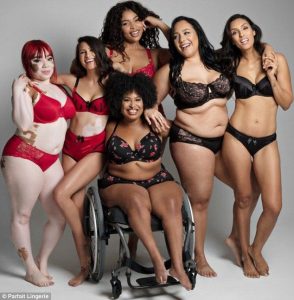
Spanx, a slimming underwear brand, was introduced and quickly became a modern day shapewear essential.
Recent years have brought a shift towards more diversity and body positive thinking in lingerie.
HISTORY OF THE BRASSIERE
Until recently, the vast majority of the female world dealt with “the girls” in one of three ways: wrapping to press them flat to the ribs, wrapping or pushing to lift and support from underneath, or simply letting everything sway where it will.
Advantages of not wearing a bra
- Better breast skin health
- Better circulation
- Improved muscle tone (and possibly breast shape)
- Increased comfort over time
Greece
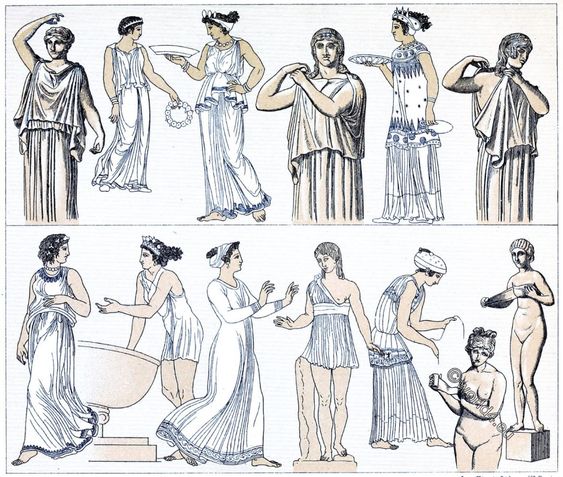
In Minoan society, circa 4th C BCE, women wore a form of chest support called an apodesmos. This was a length of wool that was wrapped around the breasts and pinned in the back. There is some archaeological evidence to suggest that the apodesmos was worn in earlier Mesopotamian society to emphasize the breasts rather than for support or modesty.
In Greek society, active women might wear an apodesmos under their chiton to stabilize and support their breasts. The strophion was a wide band of wool or linen wrapped across the breasts and tied between the shoulder blades.
Rome
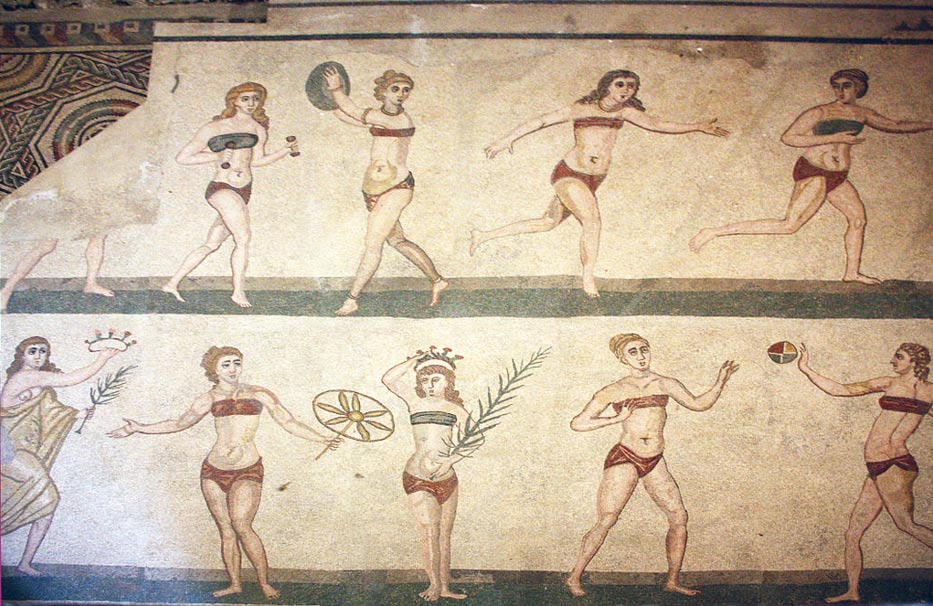
Roman women wore strophia (also known as amictorium and mamillare) over their inner tunic. Unlike in Greece, Roman strophia were usually made of leather. In the latter half of the Roman Empire, this was often referred to as a mitra.
Japan
Part of a formal kimono ensemble includes an intricately folded and tied belt called an obi. In addition to holding the layers of robes closed, a woman’s obi provided breast support from below. Women’s obis are generally wider than men’s and are often stiffened with inserts or starch.
China
People’s underwear, which was first called du dou in the Qing Dynasty (1644-1911), was a piece of cloth that covered the front of one’s chest. It often had four strings, being fastened behind one’s neck and back. Men, women, and children all wore it.
Some du dou had pockets for people to store small valuable things, such as rings and necklaces. People also put spices and herbs in the layers of their du dou to stay healthy.
“Du Dou” literally means “abdominal support”.
India
In India, the first mention of the bra dates back to literature from the reign of King Harshavardhana, who ruled from 606 to 647 C.E. A kanchuka could be either a tightly-wound bodice, similar to a Greek apodesmos, or a type of armor worn to shield the torso of soldiers in battle.
In some parts of India, there has sometimes been a mulakkaram, a tax women had to pay for the privilege of covering their breasts. The amount of the tax was based on a woman’s caste and on the size of her breasts.
A choli is a form of outerwear that provides the support of a brassiere. It is a short garment that covers the chest and ties in the back. It is often worn with a sari, sometimes with long or short sleeves.
Indonesia
The kemben has been worn by women in Indonesia, Malaysia, Bali, and Java for centuries. A piece of kain (cloth) is wrapped tightly around the torso and folded, tucked, and tied with a small rope or string behind the wearer’s back. Today, it can be held in place with ties, buttons, or zippers. A kemben is traditionally made of batik silk or cotton, but modern variations can be velvet, rayon, linen, or any other material available.
Europe and European Influence
Medieval Europe
Women wore corset-like outerwear to enhance their figures. The bodice laced tightly under the breasts to provide support but usually did not cover them. Bodices were often lavishly embroidered and decorated as a sign of wealth and status.
Renaissance
The favored female silhouette featured a pushed-up bust and wide hips emphasized with a full skirt. Laced corselets and stiffened bodices were worn to achieve this specific shape.
Corsets made their first real appearance during this period. Women wore corsets made of whalebone or willow covered with fabric.
1700s
The 1700s corset was long-waisted and in the shape of an inverted cone, imposing an even more constricting shape. The wealthiest and most fashionable women had corsets that pulled together their shoulder blades so closely that they would nearly touch.
Such tight corsets signified the wearer’s status in several ways. A lady would be unable to lace up her own corset and would need to hire assistance. The constriction of the lungs and restriction of movement made them impractical for wear if a woman needed to do any activity more strenuous than serving tea and practicing a bit of dancing.
1800s
The corset took on a new shape and was used to emphasize the hourglass shape with a very small waist. Corsets were made in beautiful colors with silks and satins and included garter clips at the bottom.
United States patent #40,907 issued to Luman L. Chapman in 1863 may be the first recorded design in America for a brassiere.
1893: Marie Tucek filed for a US patent for what might be called the first underwire bra. She called it a “breast supporter.” In addition to having separate pockets for each breast, this early “underwire” had a metal plate below the breasts. Shoulder straps helped support what looks like a very heavy piece of clothing sticking on a woman’s chest.
Early 1900s
The corset was still an essential part to a woman’s wardrobe, but also started to be thought of as standalone lingerie as much as an essential part of an outfit. The corset took on an extremely exaggerated “S-curve” shape, which created a very feminine shape. Silk became a popular fabric for corsets during this period.
In the play Intimate Apparel by Lynn Nottage, Mrs. Van Buren orders revealing corsets and undergarments from Esther and says she feels like a “tart from the Tenderloin”—an expression of forbidden desire.
1913: Mary Phelps Jacobs (a.k.a. Caresse Crosby) is often credited with inventing the modern bra, but there are several other contenders for this title. Olivia Flynt, Marie Tucek, Caroline Newell, and Gabrielle Poix Yerkes also filed for patents for brassiere designs and adjustments.
“Brassiere” came into vogue around 1904. The term “brassiere” became widespread in English-speaking nations within a few years, but the French have maintained their designation of soutien-gorge (literally “bosom supporter”).
1920
After WWI, the corset’s popularity began to decline. Rather than the S-curve or hourglass figure that fashionable women in past decades achieved with tight corsets, a rectangular, boyish silhouette became the desired figure. Flappers wore simple bust bodices or tight bandeaus to restrain their chest when dancing. The lack of curves of a corset promoted a boyish look.
Adding an even more boyish look, the Symington Side Lacer was invented and became a popular essential as an everyday bra. This type of bra was made to pull in the back to flatten the chest.
1940s
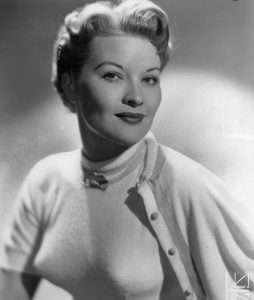
After WWII, underwire bras grew in popularity and the “bullet bra” was introduced (remaining popular through the 1950s).
In 1947 Frederick Mellinger introduced the padded bra. (Previously, rows of tiny, tight ruffles sewn to bras enhanced the silhouette.)
1948: Frederick Mellinger introduced the push-up bra.
1950s
A major shift in women’s undergarments brought the focus to the bust instead of the waist. This can be seen in popular images of “Pin-up Girls” posed to bring attention to the bust, butt, and legs. These models showed off the latest underwear trends (seamed stocking, bustiers) and embraced the curvy female figure.
1960s
In 1963, the forerunner of the WonderBra was invented in Canada by Louise Poirier.
1969: Bras ablaze! The “bra-burning feminist” became something of a legend during the Women’s Liberation Movement of the late 1960s. There are no actual records of women burning their bras, but the symbolism of such an act was so powerful that it became part of apocrypha of the time. A group demonstration at the Miss America pageant in Atlantic City called on participants to throw their bra, high heels, cosmetics, and girdles into a “freedom trash can.” Nothing was actually set on fire.
1970s
In 1977, Lisa Lindahl and Polly Smith were very uncomfortable trying to compete in college sports while wearing regular brassieres. Wearing no brassiere was even worse. To solve this problem, they sewed together two jockstraps from the men’s athletic wear section, crossed the straps in the back, and invented the sports bra. It was first called the “jockbra” but quickly renamed to “jogbra.”
1990s
The “Wonder bra” became popularized with a push-up design intended to enhance sex appeal.
Underwear Miscellany
Nearly all outlets and experts agree that you should replace your old underwear with new underwear once every 6-12 months.Jul 8, 2020
Underwear experts can’t seem to agree on how much underwear one should own to allow for an optimal washing and wearing schedule. (Retailers tend to skew toward advising people to purchase more, of course) As a good rule of thumb, a three-week supply of panties offers a happy medium. This nearly month-long supply adds up to about 20 pairs of underwear.
According to “most experts,” underpants should be replaced every 6-12 months. (Take this with a grain of salt.)
Don’t wear a pair of underpants for more than 24 hours.
“You really should sleep without underwear if you’re prone to vaginal issues,” Dr. Nancy Herta, an OB-GYN, told Glamour. As mentioned before, underwear can trap moisture and that type of wet environment is where bacteria grows and causes yeast infections or bacterial vaginosis.
According to a Glamour article from 2009, women had 16 bras on average. According to the Daily Mail, in 2016, the average was 8. Are American women cutting back, or is it a U.S./Britain difference?
Women should wash their bras after every 2 to 3 wears, or every 1 to 2 weeks if not wearing the same one every day.
“Experts” recommend replacing bras every 6 months, or after about 180 wears. I say, use common sense: check for stretched-out elastic, stains, and holes.
There is an old (mostly unused now) saying in Tagalog that a man should not walk under a woman’s underwear: nasa ilalim ng saya ng nanay. It means that a man should not take a woman’s advice, because doing so would have made him appear weak in a traditionally patriarchal society.
Bottom Line: Though not as immediately visible as hats or jewelry, women’s undergarments provide plenty of information about the wearer’s age, class, status, etc. Wearing the wrong item, or not wearing a “required” item can cause serious trouble for a woman. Historical settings as well as modern can make use of clues provided by undergarments to tell readers a story all by themselves.
What do you—female or male—think and feel about women’s underwear?
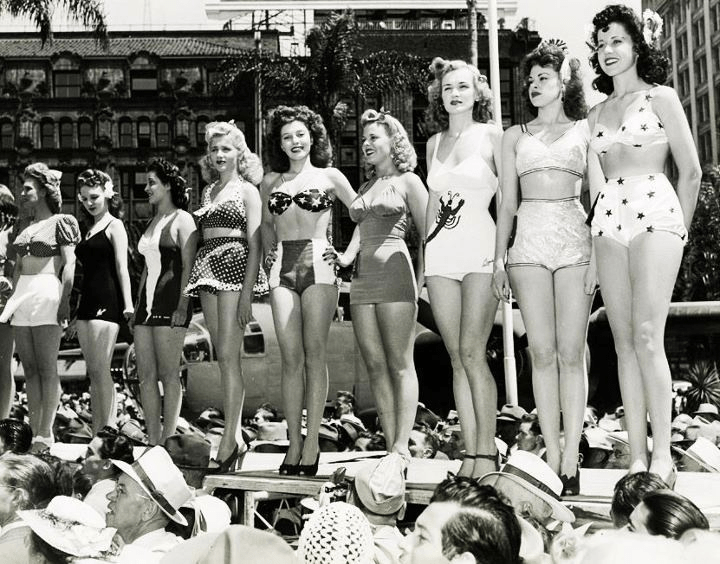

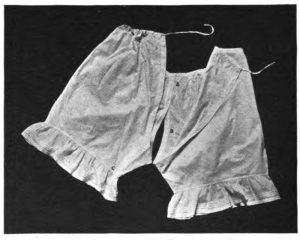


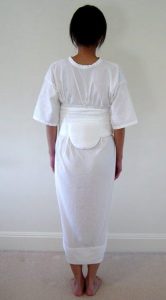
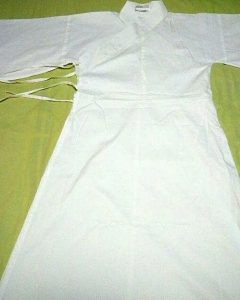

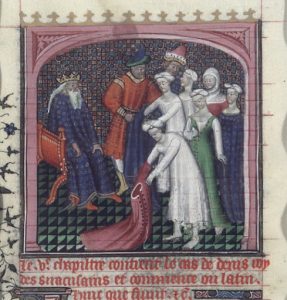


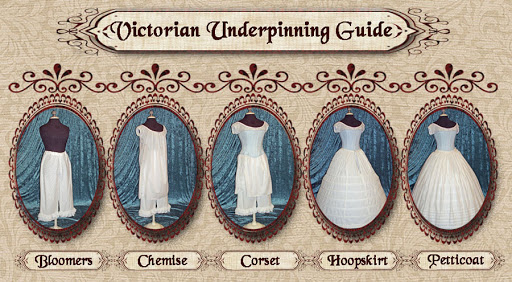
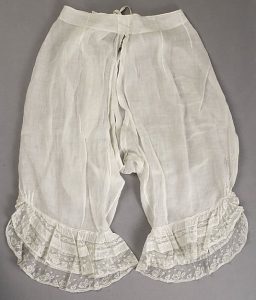
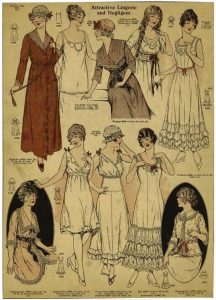
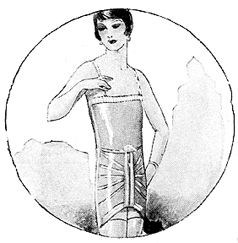




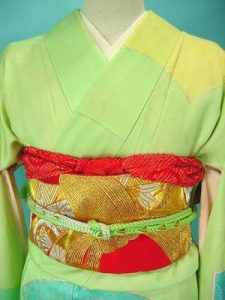
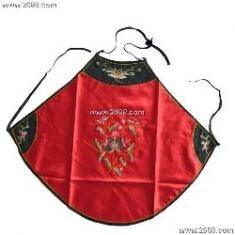


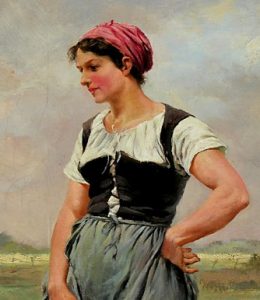
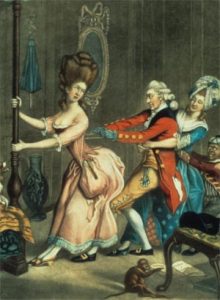
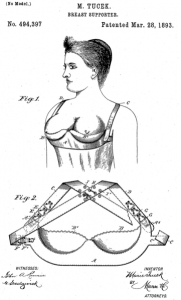
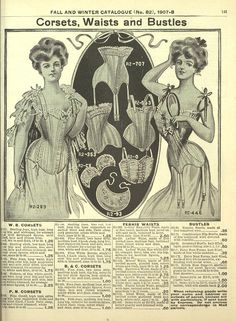
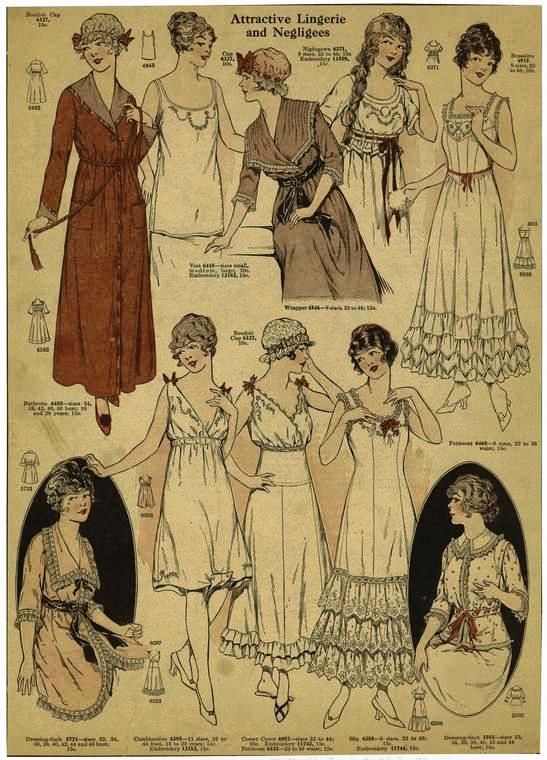
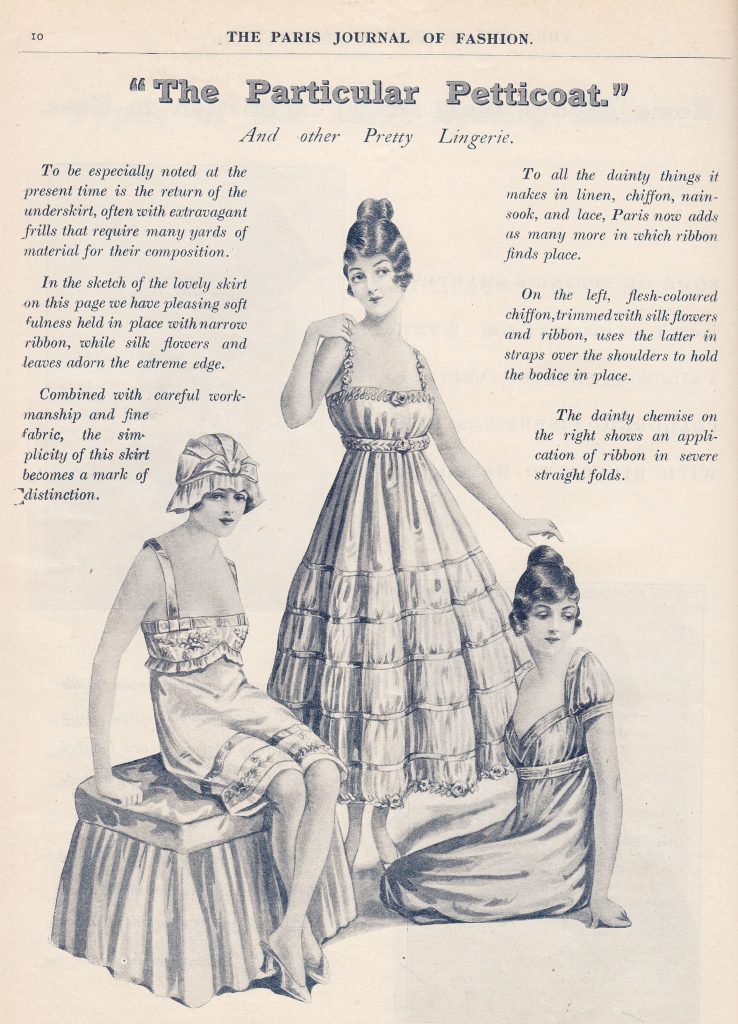
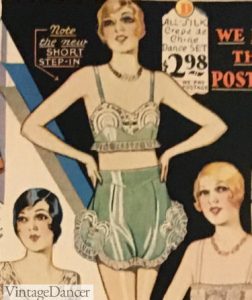
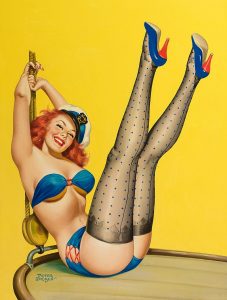
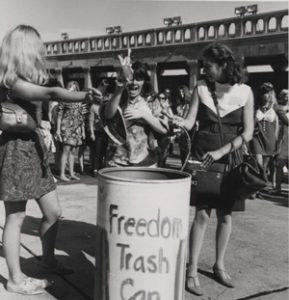
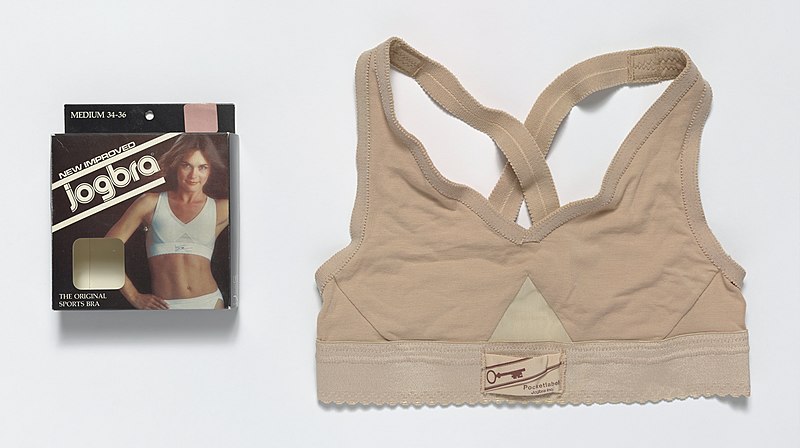
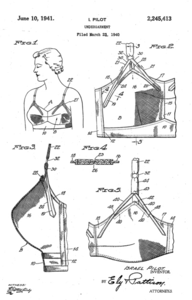
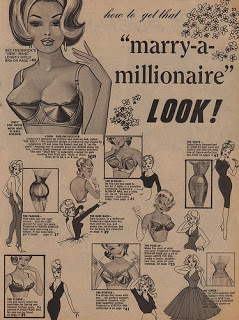
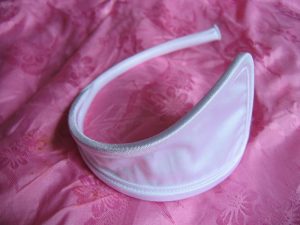
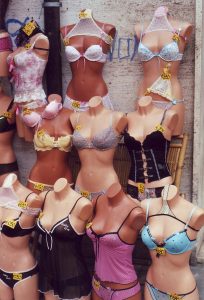
Wow!!! I can’t imagine how everything stayed in this lace without underwear!Having to urinate or dedicate can be postponed until you get to the bathroom if you have on underwear!You have a degree of privacy if you are wearing underwear !Things don’t smell too bad if you are wearing underwear!